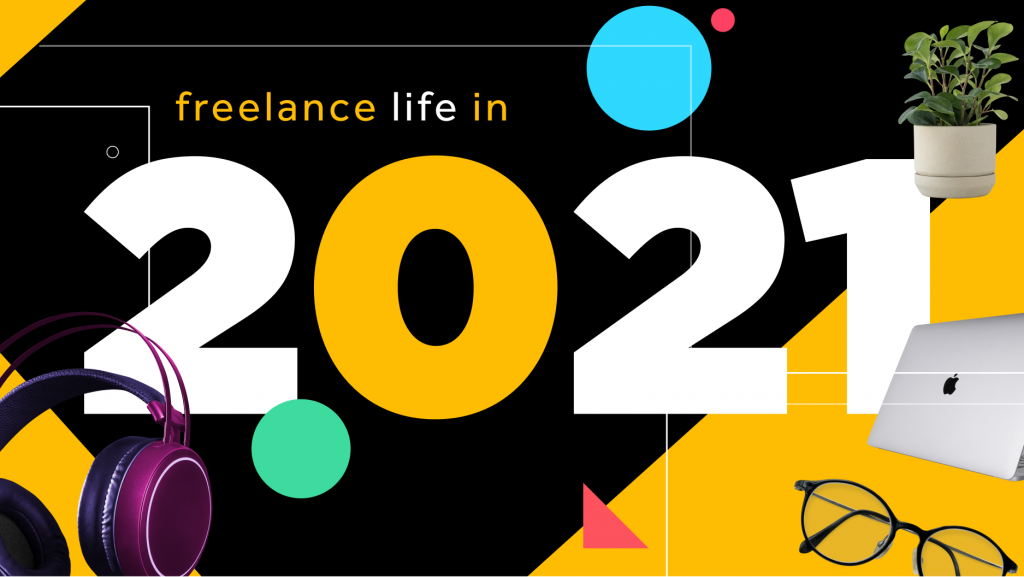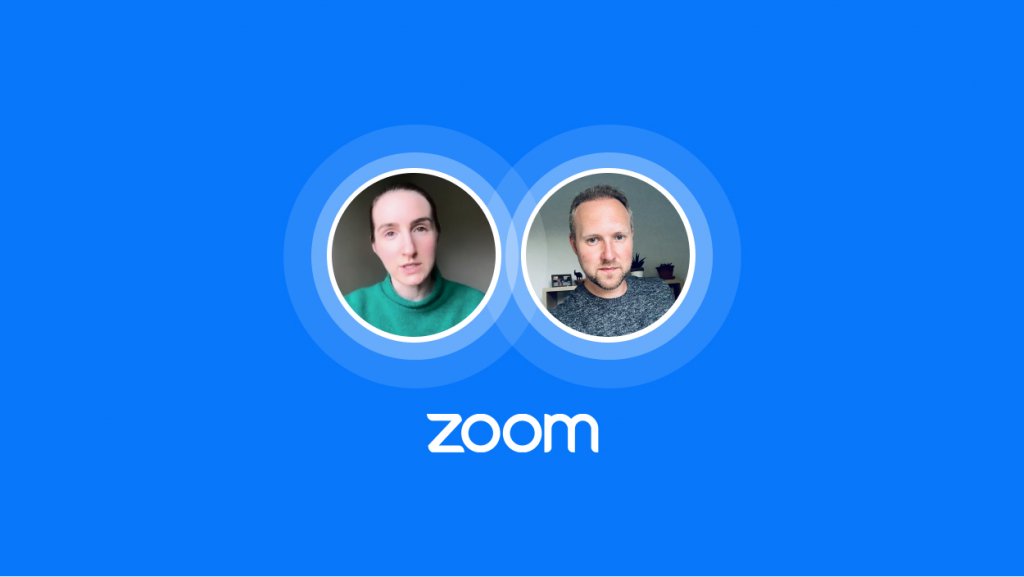3 reasons why moodboards are an essential part of my design process

Defining the purpose of the product and identifying the problem
The absorption phase of any new brief can be quite overwhelming at the start so proposing the idea of a moodboard can really help align ideas, design direction, functionality, inspiration, space to further understand requirements, discover new approaches and ultimately puts you in the driving sit to lead the project from this point forward.
1.Discover – don’t deep dive too soon into any one solution
I generally ask the client to answer a few questions so I have a reference point to base the moodboard on:
- Brief description of the product
- The purpose, why does it exist as a background summary
- What problem do you currently face, do you have data to support the problems?
- Examples of any products that have relevance for inspiration (if any) from a functionally or aesthetic point of view
- Relevant login details if applicable
2.Save time – get a sense of direction upfront without endless design mockups
Inspiration could come in the form of screenshots, typography, UI, UX, interaction, flow of the page, colour, brand and style. If the client can provide examples of any relevant products that would input into this process – it becomes more of a two way conversation as they can express what they think works and it can be used as a comparison to what they have currently.
Collecting ideas from the likes of Dribble, Behance, Pinterest, ui8 is a good place to start. You can have a look my 10 favourite places for UX UI design inspiration – it doesn’t always come from these places but they are super handy to know about.
3.Align thought processes – propose and agree next steps
The good thing about this process is that you can discuss all of the findings and start to build up a picture for content strategy and site structure. This is your chance as a freelance UX designer to audit and highlight pain points, show a future vision and explain where the product could go making notes with considerations for improvement. All of this puts you in the best possible place to propose the right ideas enabling you to be in control of the next phase of the project.
Conclusion
What’s your design process and what approach do you take when engaging with a new client? My advice is to ask questions from the start, be in control and assess the current situation. If you can show you have a process you’ll have more chance of success.




0 Comments
Nobody has left a comment yet, be the first and leave your thoughts.